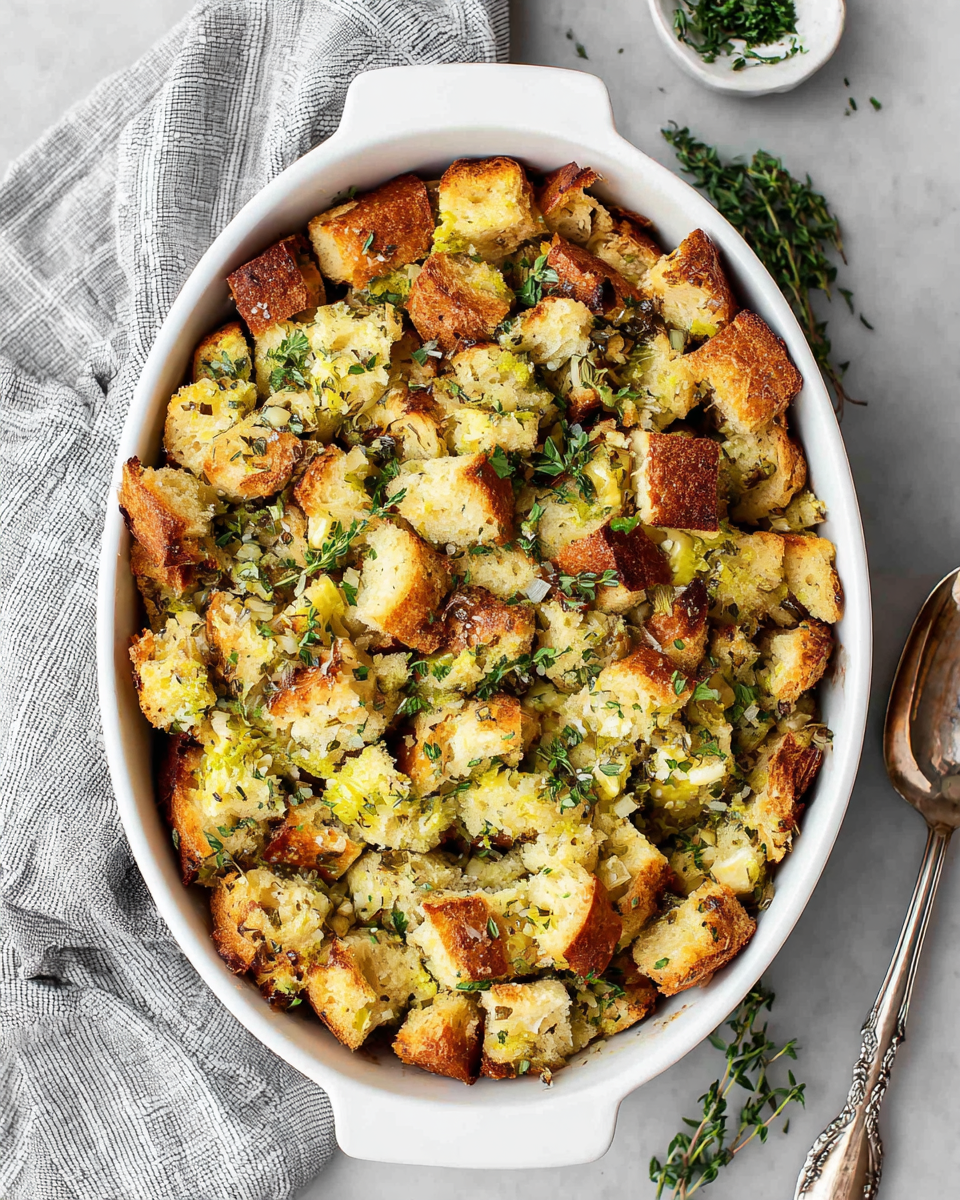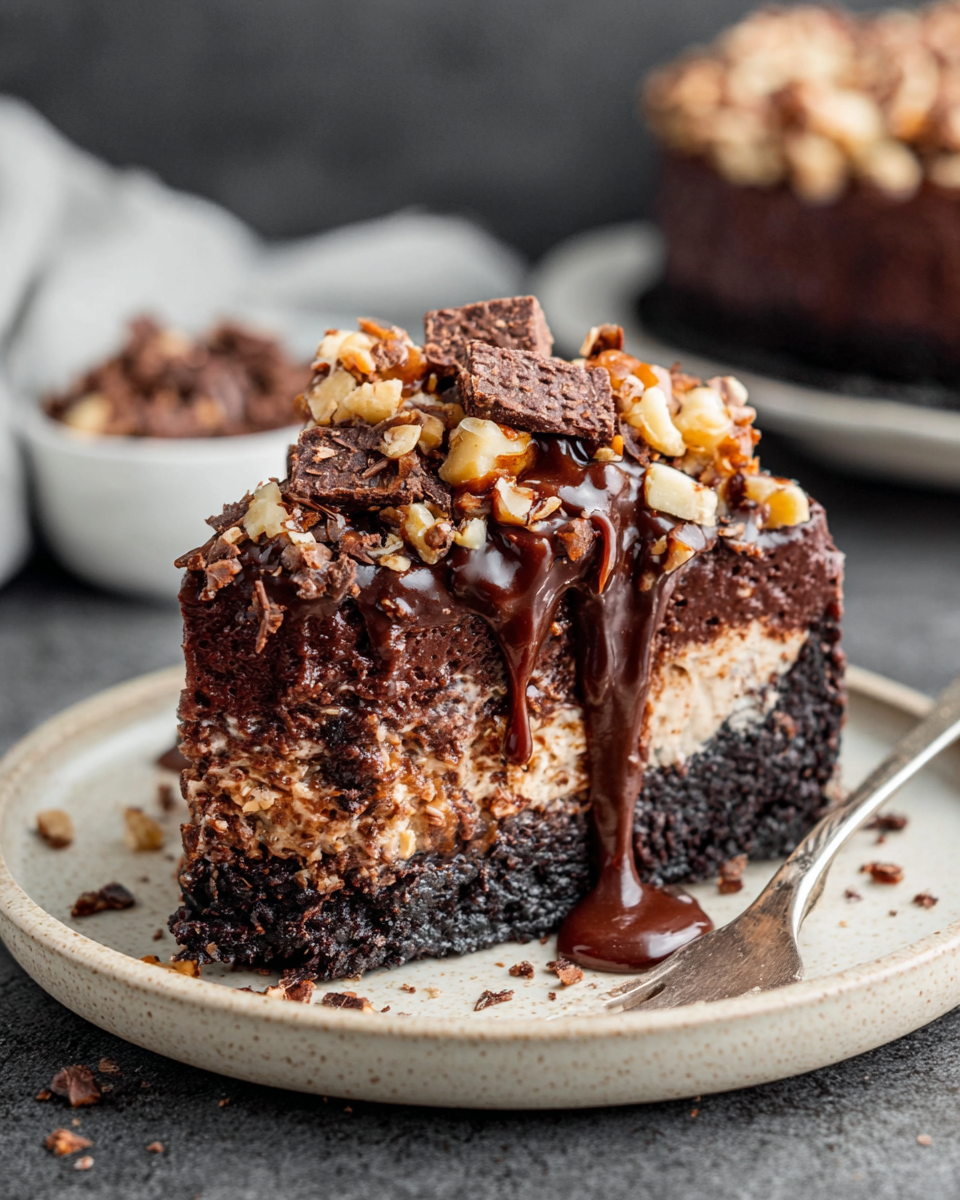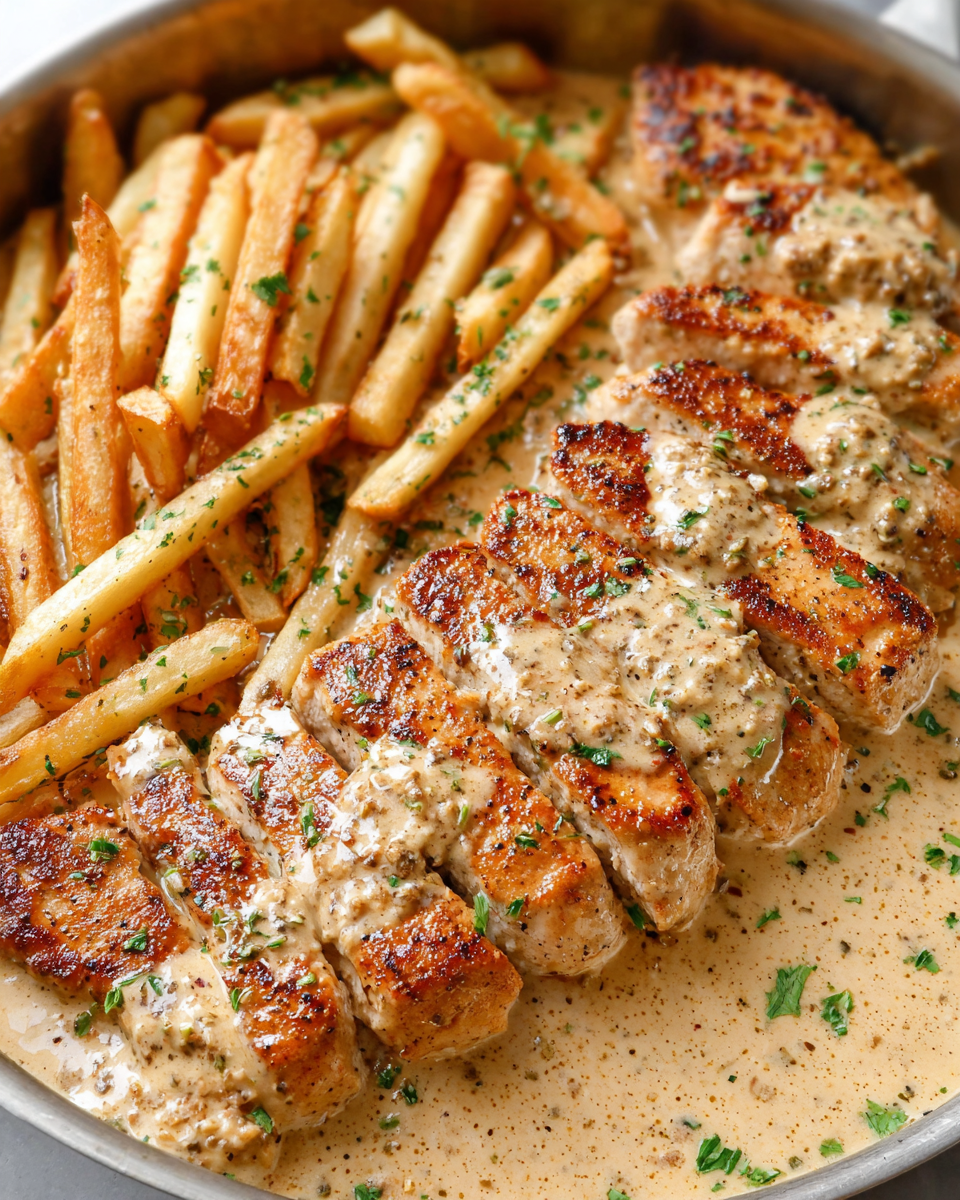Introduction
As the holiday season approaches, the aroma of freshly baked stuffing brings warmth and nostalgia to any gathering. This dish is not just a side; it's an essential part of festive meals that can elevate the entire dining experience.
Crafting the perfect stuffing involves balancing flavors and textures, making sure each bite is a delightful blend of herbs, bread, and both subtle and robust ingredients. This recipe will guide you through creating a savory stuffing that will surely become a family favorite.
Whether you serve it alongside turkey or as a standalone dish, mastering homemade stuffing gives you the opportunity to personalize your holiday table while honoring traditions.
Ingredients
- 1 loaf of day-old bread (about 10 cups, cubed)
Using day-old bread enhances the stuffing’s texture, allowing it to absorb liquids without becoming mushy. Choose a variety of breads, such as sourdough or French, to add depth of flavor. - 1 cup unsalted butter
Butter is essential for sautéing the vegetables and adds richness to the flavor profile. It also helps achieve a golden, slightly crispy texture on the surface of the stuffing. - 1 onion, finely chopped
Onions provide a subtle sweetness and depth to the stuffing. When sautéed, they caramelize slightly, adding to the overall flavor complexity. - 3 celery stalks, diced
Celery adds a pleasant crunch and earthy flavor that balances the richness of the bread and butter. It's also a classic ingredient in traditional stuffing recipes. - 3 cups chicken or vegetable broth
Broth is the liquid foundation of the stuffing, ensuring that all ingredients meld together beautifully. The type of broth used can enhance the overall flavor. - 1 tablespoon dried sage
Sage is a classic herb in stuffing that imparts a warm, slightly peppery flavor, evoking the essence of holiday meals. It pairs especially well with poultry. - 1 tablespoon dried thyme
Thyme adds an earthy aroma and a mild minty flavor, complementing the sage and helping to lift the dish with freshness. - 1 teaspoon salt
Salt is crucial for enhancing the natural flavors of all ingredients. Be cautious of added salt in broth to avoid overseasoning. - 1/2 teaspoon black pepper
Pepper adds a bit of warmth and spice, rounding out the flavors of the stuffing. Adjust to taste for desired heat levels. - 1/2 cup fresh parsley, chopped
Fresh parsley introduces a burst of color and a refreshing flavor that brightens the stuffing. It should be added at the end to keep its vibrant color and taste. - 1 cup cooked sausage (optional)
Sausage adds a savory richness and hearty texture, making the stuffing more filling and flavorful. Choose a type of sausage that you enjoy, whether it's mild or spicy. - 1 cup chopped apples or dried cranberries (optional)
Fruits can add a pleasant sweetness that contrasts beautifully with savory ingredients, creating a more complex palate. Choose according to your preference.
Directions & Preparation
Step 1: Prepare the bread.
Begin by cutting your day-old bread into small cubes, approximately 1-inch pieces. If your bread is not dry enough, you can spread the cubes on a baking sheet and toast them in the oven at 300°F (150°C) for about 15 minutes. Ensuring the bread is dry prevents it from becoming mushy later when mixed with liquids.
Step 2: Sauté the vegetables.
In a large skillet over medium heat, melt the butter. Add onions and celery, cooking until softened and translucent, about 5-7 minutes. This step is crucial as it releases the natural sugars in the vegetables, enhancing their flavor while creating a fragrant base for your stuffing.
Step 3: Combine dry ingredients.
In a large bowl, mix the bread cubes with sage, thyme, salt, and pepper. Stir well to ensure the herbs are evenly incorporated. This distribution is vital because you want the flavor to be consistent throughout the stuffing, creating that delicious herbaceous taste in every bite.
Step 4: Add sautéed vegetables and broth.
Add the sautéed vegetable mixture to the bowl of seasoned bread, then pour in the chicken or vegetable broth. Gently stir until the bread absorbs the liquids. This step is key as it leads to the perfect moist consistency—be cautious not to overmix, which can lead to gummy stuffing.
Step 5: Fold in optional ingredients.
If using sausage, fruits, or additional herbs, fold them into the stuffing mixture now. These elements can elevate your stuffing by contributing different textures and flavors. It’s all about personalization—adjust to your taste!
Step 6: Transfer to a baking dish.
Preheat your oven to 350°F (175°C). Spoon the stuffing mixture into a greased baking dish. Spread it evenly, but avoid packing too tightly; you want it to cook uniformly and allow for heat circulation for that desired crisp top.
Step 7: Bake until golden.
Bake uncovered for about 30-40 minutes or until the top is golden brown and crispy. This browning is not just visual; it adds a complex flavor through caramelization, creating a beautiful contrast with the soft stuffing beneath.
Step 8: Finish and serve.
Remove the stuffing from the oven and let it sit for a few minutes before serving. This brief cooling period allows for the flavors to meld further and makes it easier to serve. Garnish with extra fresh parsley for a pop of color and freshness.

Exploring Flavor Combinations
The beauty of stuffing lies in its adaptability; experiment with various flavor combinations to suit your taste. Think beyond traditional herbs and consider adding ingredients like roasted garlic or nuts for a different texture. For sweeter notes, apples or cranberries can complement savory elements beautifully, creating a balance that resonates with many palates.
Stuffing as a Leftover Star
While often enjoyed fresh, stuffing shines just as brightly as a leftover dish. Reheating it adds more depth as flavors continue to meld over time. Use it as a base for a breakfast hash or incorporate it into soups for a hearty meal. This versatility makes it an excellent addition to your culinary repertoire for the days following the holiday festivities.
Creating a Stuffing Bar
Encourage creativity by setting up a stuffing bar during gatherings. Provide a variety of breads, vegetables, and seasonings, allowing guests to create their unique stuffing blends. This interactive approach not only caters to diverse tastes but also adds an element of fun, making your holiday meal unforgettable.
FAQs
What if the stuffing turns out too dry?
If your stuffing is too dry, you can gently stir in more broth, a tablespoon at a time, until it reaches your desired moisture level. It's important to do this gradually to avoid making it soggy.
Can I make stuffing without sausage?
Absolutely! You can omit sausage or substitute it with mushrooms or additional vegetables for flavor. Your stuffing will remain hearty and delicious.
Why is my stuffing mushy?
Mushy stuffing often results from using bread that is too fresh or excessive broth. Ensure your bread is adequately dried out and monitor the amount of liquid added to achieve the right texture.
Can I use gluten-free bread?
Yes, gluten-free bread can be used, ensuring that the stuffing remains inclusive for everyone. You may need to adjust the amount of broth to fit the gluten-free bread's moisture absorption.
How do I adjust the recipe for a larger crowd?
To scale the recipe, simply multiply the ingredients by the desired quantity. Ensure your baking dish is large enough to accommodate the increased volume for even cooking.
What herbs can I substitute for sage and thyme?
You can experiment with different herbs like rosemary or marjoram, which also lend aromatic qualities. Adjust quantities according to your preference for flavor strength.
How can I add more texture to the stuffing?
Adding toasted nuts or crispy bacon can create an interesting contrast in texture, enhancing the overall experience of your stuffing.
Conclusion
Creating a homemade stuffing from scratch can be rewarding, allowing you to connect with your culinary roots while sharing delightful flavors with friends and family. Each ingredient contributes to a dish that is both comforting and festive.
As you gather around the holiday table, this stuffing will not only complement your main dish but will also become a cherished tradition, inviting everyone to partake in a flavorsome journey.
Recipe Card
Notes
Additional serving suggestions: pair with a crisp salad, garlic bread, or roasted seasonal vegetables for balance.
For make-ahead, prep components separately and assemble just before heating to preserve texture.
Taste and adjust with acid (lemon/vinegar) and salt right at the end to wake up flavors.







